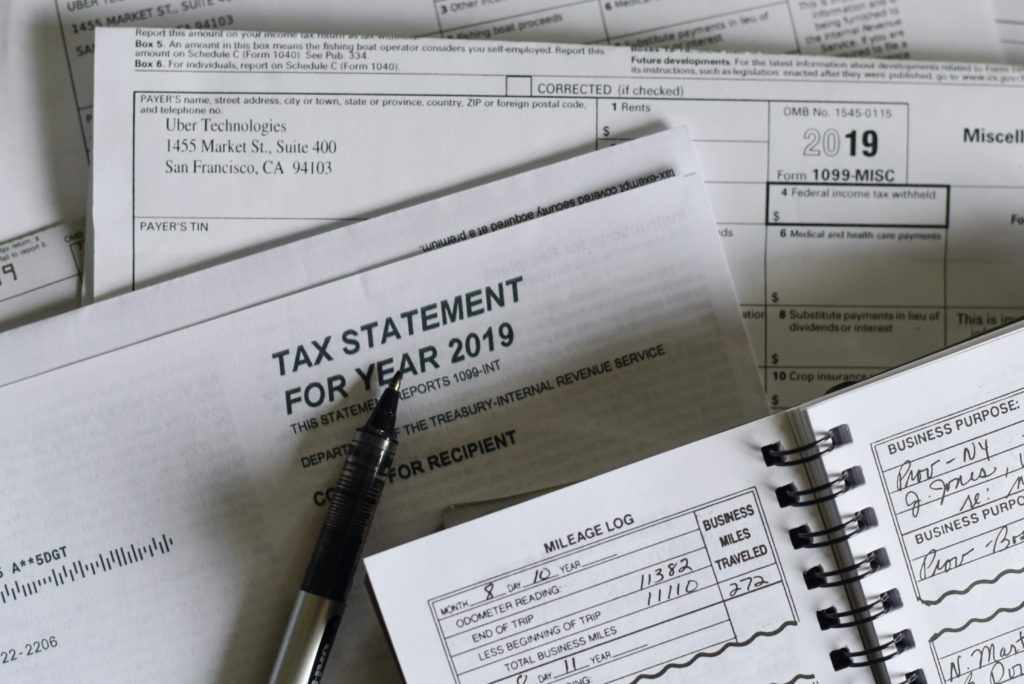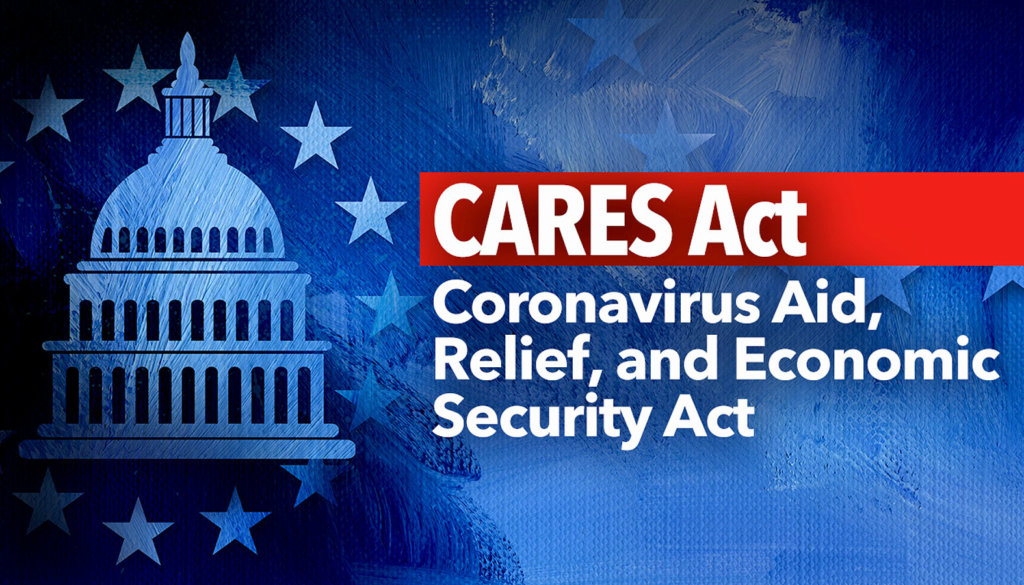What is the CARES Act?
The CARES Act is federal legislation that was signed into law on March 27, 2020 to offset the impact COVID-19 has had on the American economy and workforces. CARES has allowed $2 trillion into the U.S. economy through relief loans, unemployment benefits, tax credit, and other benefits.
Eligible employers can utilize two important components of the CARES Act: Employee Retention Credit and a deferral of 2020 Social Security Taxes. If your business continues to operate and pay employees through 2020, you may be eligible for either one or both of these benefits which will be detailed. Please visit the IRS website for any questions regarding the CARES Act, as well as your accountant or legal practitioner.
If you have received a loan under the Paycheck Protection Program, how are components of the CARES Act altered?
Employers that have received a loan from the Paycheck Protection Program (PPP), your benefits may be reduced or eliminated.
- Receiving a loan from PPP, even if it is forgiven, you will be ineligible to claim Employee Retention Credit.
- If you have received loan forgiveness through the PPP, you will be ineligible to defer 2020 Social Security taxes for any deposits due after the date of the loan forgiveness.
- Taxes that were due to be deposited on or prior to the date of the loan forgiveness can continue to be deferred until the applicable payment dates in 2021 and 2022.
What is Employee Retention Credit?
An eligible employer may be able to offset the impact of COVID-19 with Employee Retention Credit under the CARES Act. To be eligible for the component, you must continue to pay employees during a COVID-19 related closure and continue business at some point during 2020, but all operations of a tax-exempt organization are treated as a trade or business.

Under the CARES Act, an eligible employer may be able to offset the impact of COVID-19 with an Employee Retention Credit. Employers must continue to pay employees during a COVID-19 related closure and carry on a business at some point during 2020 to be eligible for the credit, but all operations of a tax-exempt organization are treated as a trade or business under the statute.
As stated before, businesses that have received a loan under the PPP are not eligible for this credit.
To receive the credit, your business must have been closed due to COVID-19, meaning the operations of your business were fully or partially suspended due to mandate from an appropriate governmental authority or that your gross receipts are less than 50% of your gross receipts for the corresponding quarter in 2019. A qualifying closure occurs during any calendar quarter of 2020 in which:
If your business does meet the requirements for the Employee Retention Credit, the tax credit you may receive is the following:
- A refundable tax credit for up to 50% of the total wages paid to employees during the closure of your business. The maximum amount you can receive is $10,000 ($5,000 of credits) per employee.

What Employees and Wages Can Be Included in Computing the Employee Retention Credit?
The Employee Retention Credit allows employers to credit up to 50% of qualified wages of up to $10,000 of wages from March 13th, 2020 to December 31st, 2020. This means you can take up to $5,000 in credits per eligible employee until the end of 2020.
How Workforce Size Can Affect Credit
The amount of wages an eligible employer can include is dependent on the average number of employees it had during the 2019 calendar year.
- An average of 100(+) employees
- Can claim any wages paid to employees who are not working due to the closure of your business
- An average of 100 or fewer employees
- Can claim wages paid to an employee, whether they were working or not, due to the closure of your business
Health Plan Expenses
If wages include the employer portion of group health care costs, it is recommended to include these expenses in the calculation of the qualified wages for the purposes of the credit.

Other Wage Credits
If your business has received credit from other sources you may not include those paid leave credits as qualified wages in the totals for the Employee Retention Credit. Additionally, you cannot include wages from claims to Work Opportunity Tax Credit or other claims paid from the family and medical leave credit (this is stated under Section 45S of the Internal Revenue Code)
Deferred Payment of Social Security Taxes
The CARES Act allows you to defer payment of the employer share of Social Security taxes that have accrued from March 27th, 2020 through December 31st, 2020. You must repay at least 50% of the deferred Social Security Taxes by December 31st, 2021, with the other half paid by December 31st, 2020. If you have received debt forgiveness under the PPP, the deferral of Social Security taxes that are due to be deposited is not available.
Revisions of Form 941
This is an evolving topic that will be covered in another article. Stay tuned for an update.
Guidance and regulations from the SBA and The U.S. Department of Treasury are rapidly changing, so it is recommended to update yourself by referring to the latest information from both of these departments. We hope this gives you more clarification on how the CARES Act affects your payroll. If you are interested in more HR and career advice, please consider following Agency 8 on our various social media to stay updated.
Contact Us
https://www.facebook.com/agency8/
https://twitter.com/RebeccaAgency8
https://www.instagram.com/agency8recruiting/
https://www.linkedin.com/company/agency-8
